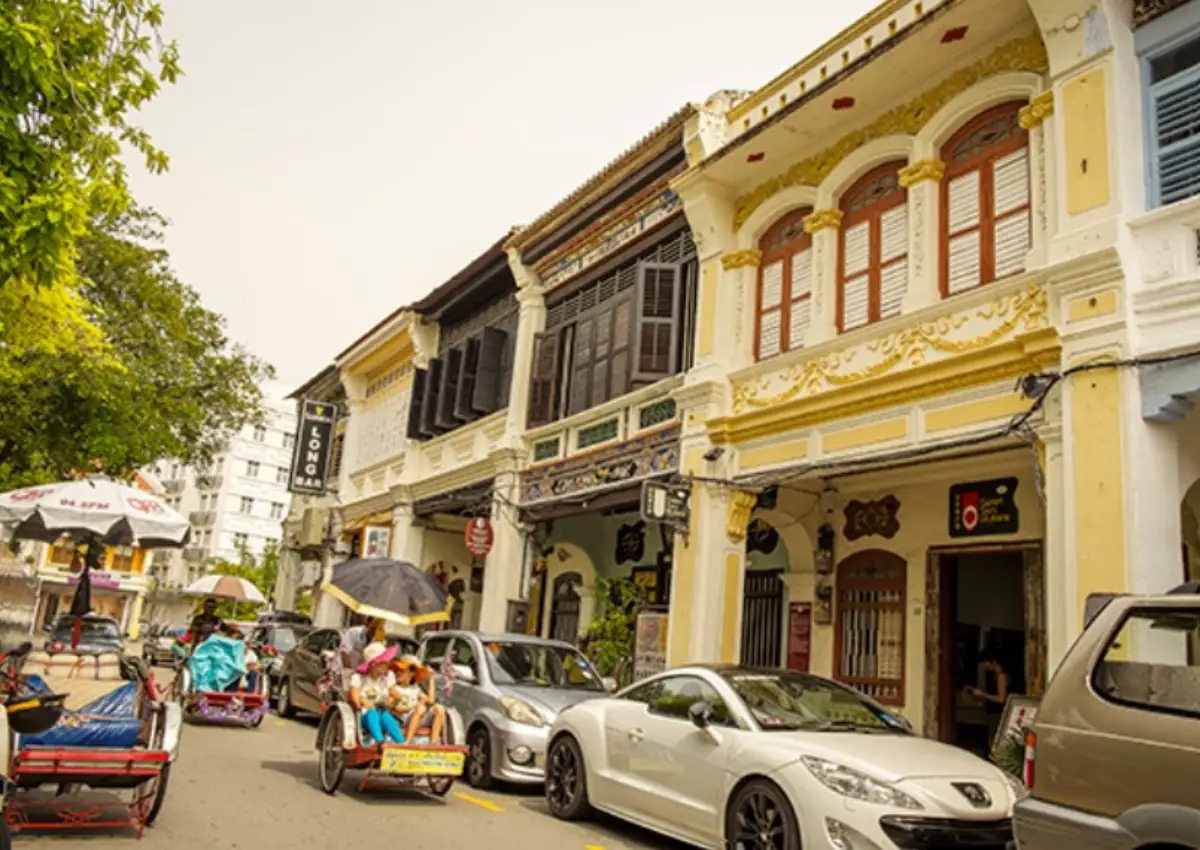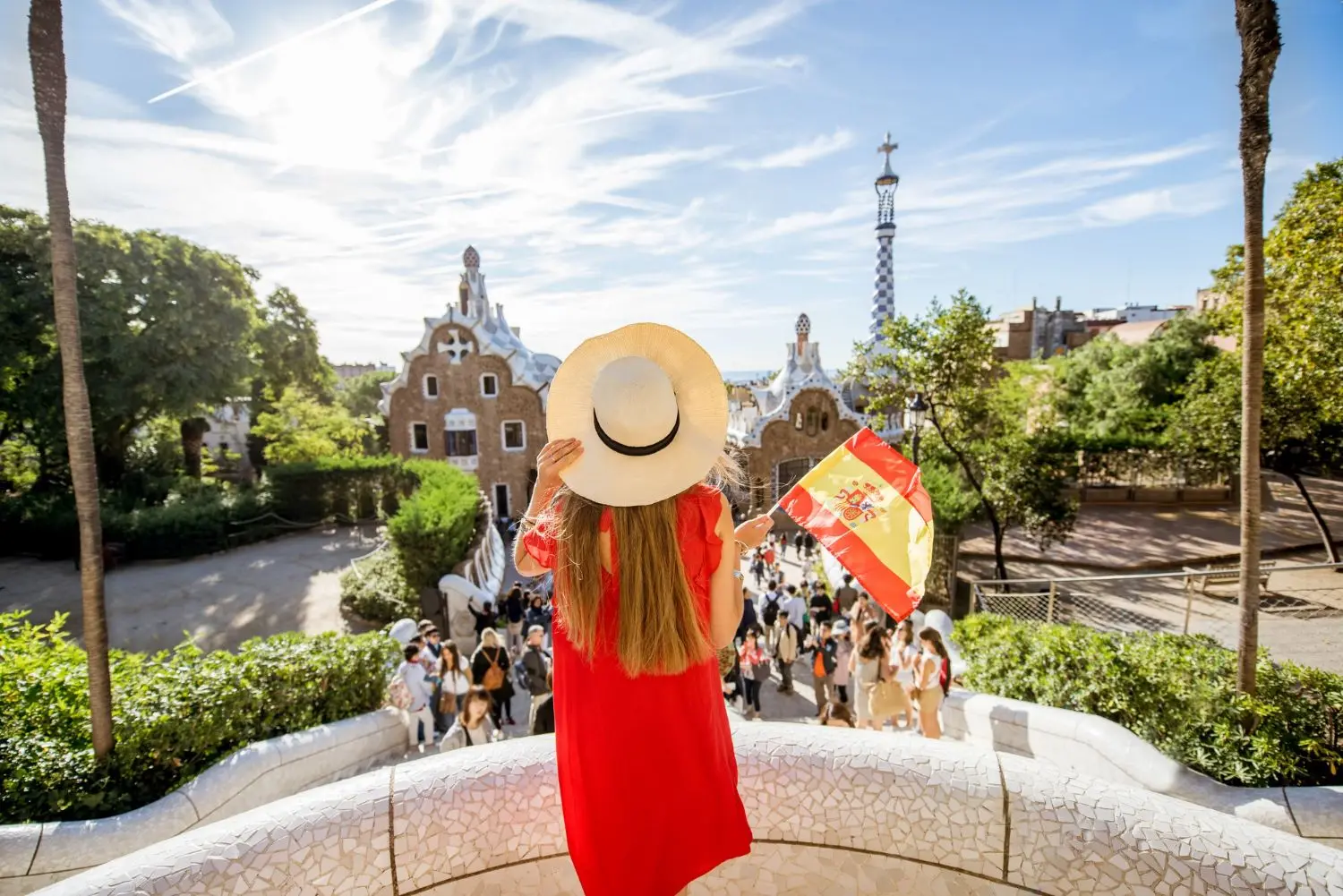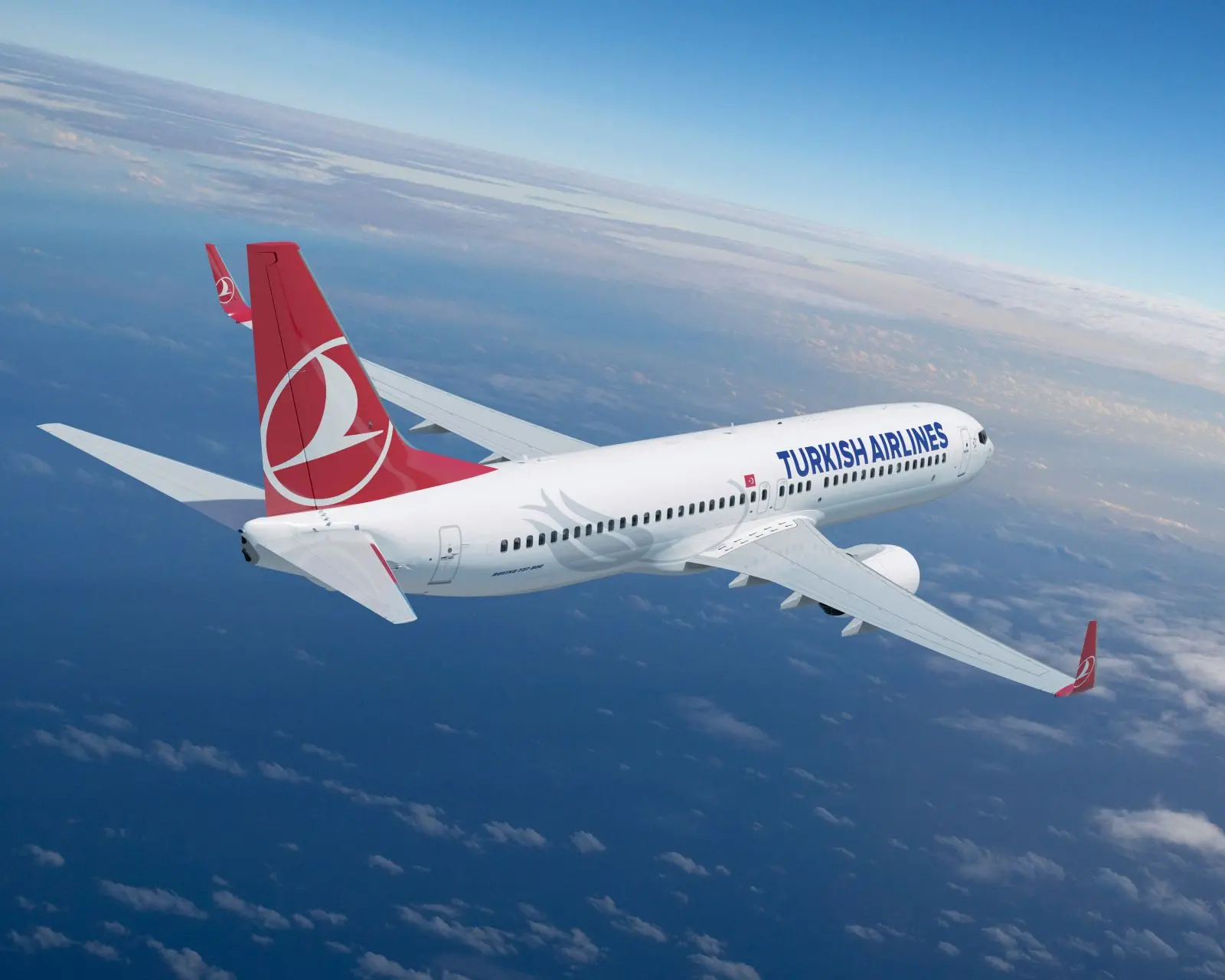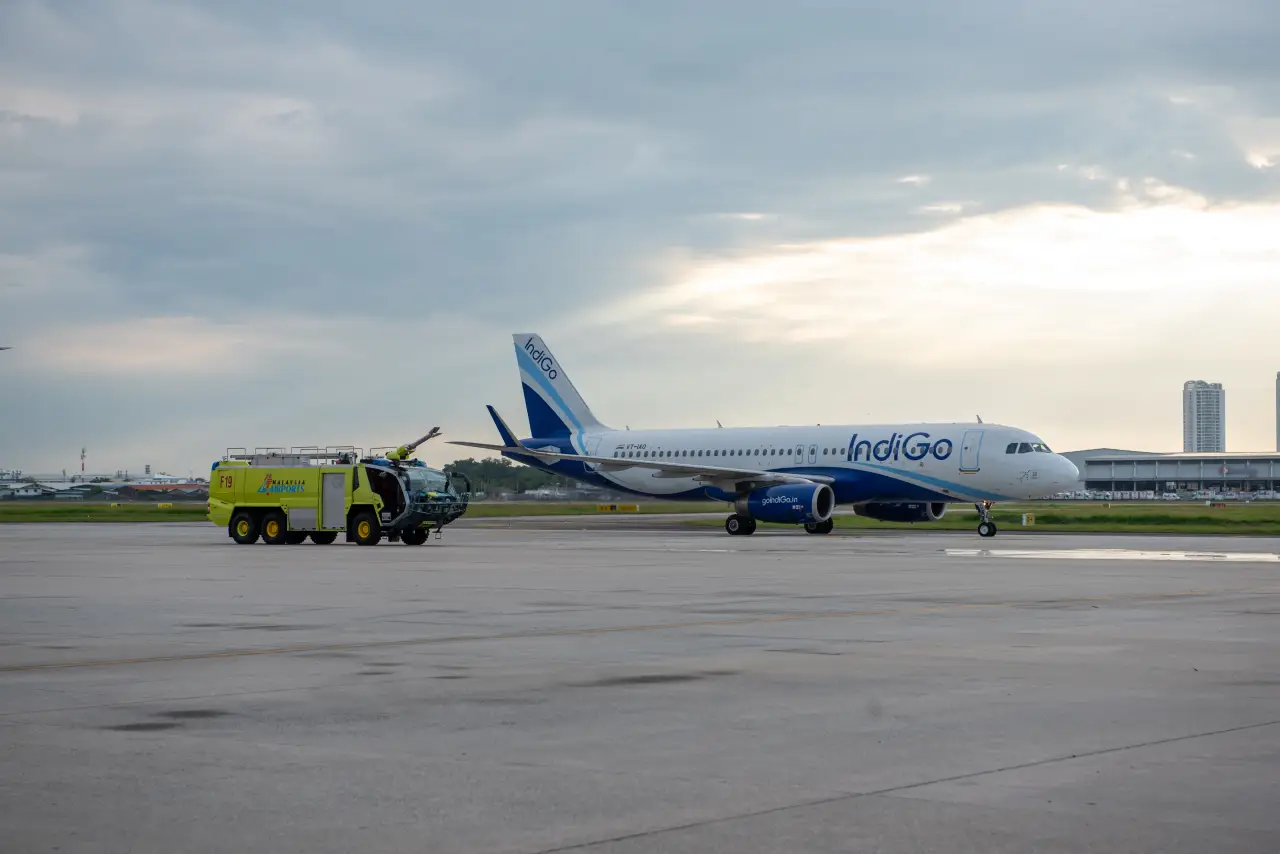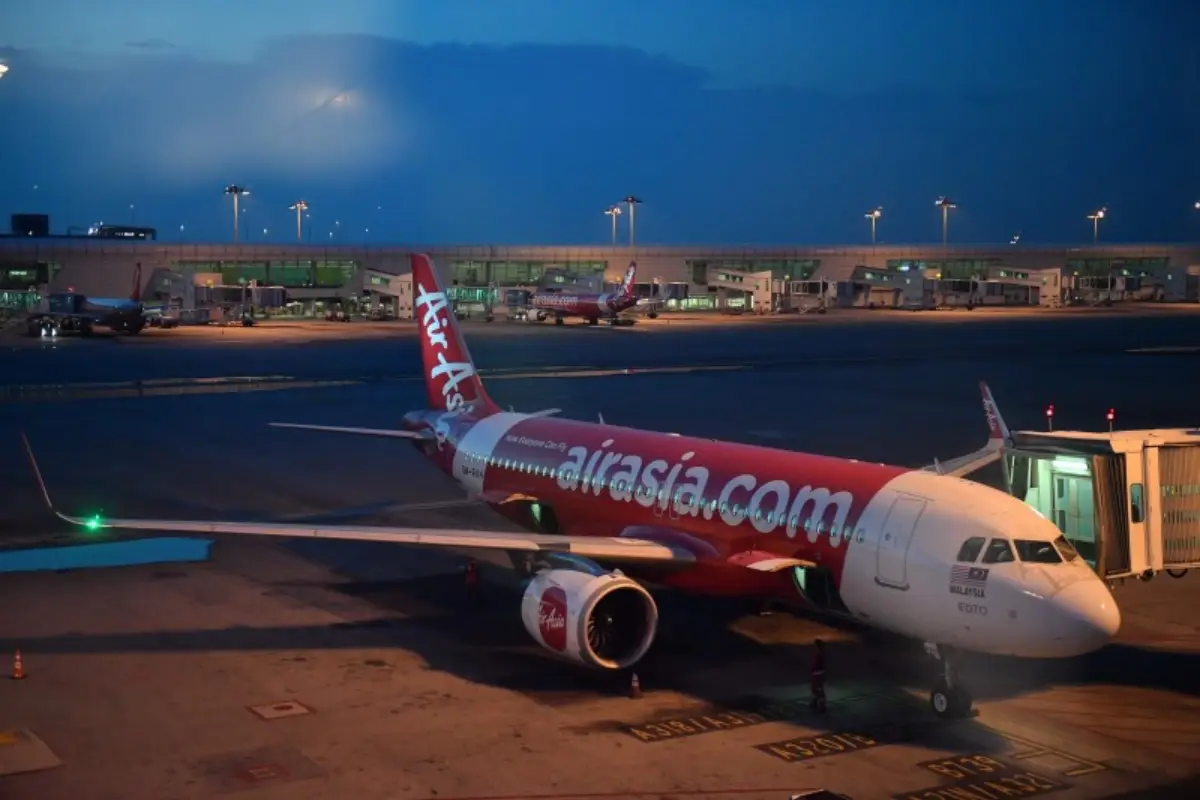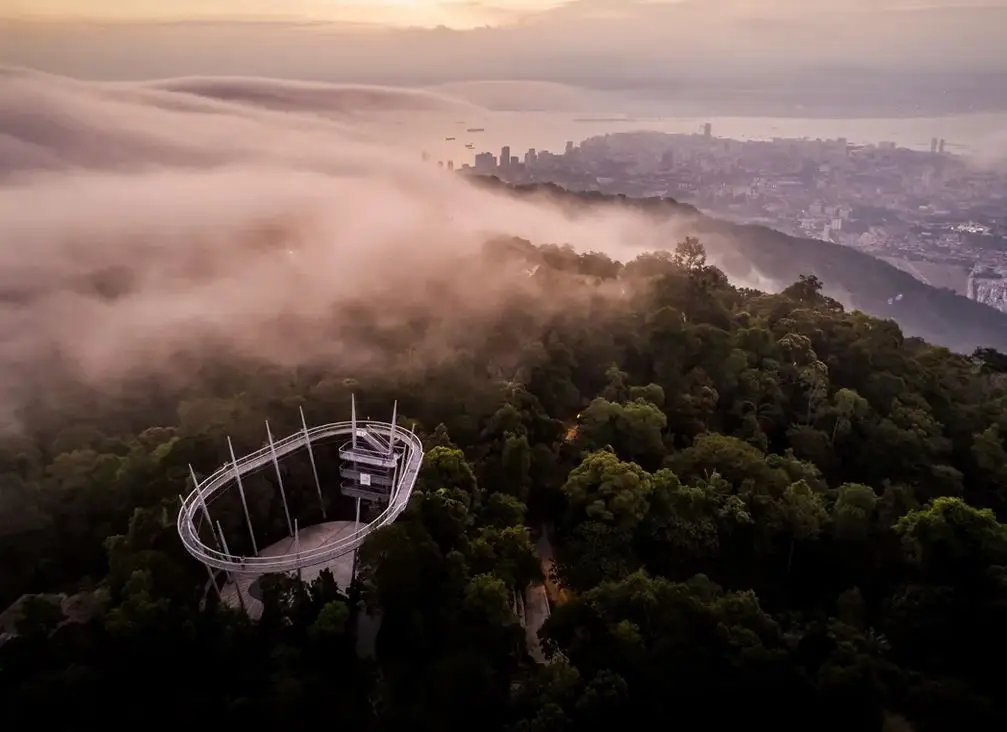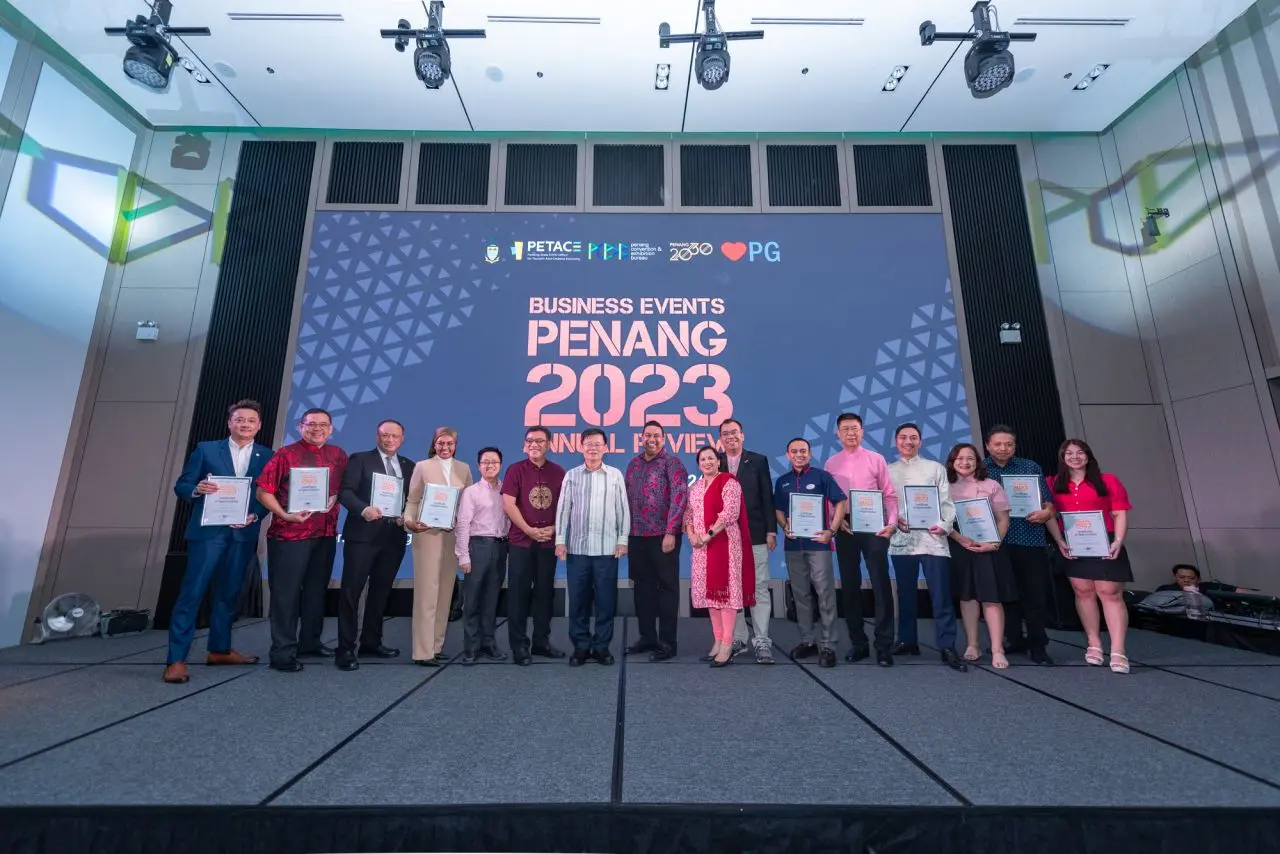Penang Island is famous for its capital Georgetown, which is a UNESCO World Heritage Site and home to the biggest collection of pre-Second World War houses and shophouses in Southeast Asia.
Penang is also well-known for its street food amongst many other attractions which include its beautiful nature, rich culture and nice beaches. Its wonderful street art makes the city a living museum. That is why Penang is one of the most visited destinations in Malaysia.
Here are some tips for your holiday planning
Penang is generally hot and humid all-year round, with average temperatures at about 28°C but with climate change, the temperatures are rising to up to 35°C on some days. It is usually hotter in the early part of the year. And it can also rain a lot, with the wettest months being September to November but it can also rain any time! So bring sunscreen plus a small umbrella if you can pack it in, and do hydrate yourself. There are convenience stores everywhere so you can buy bottled water and snacks easily and cheaply too.
There is no such thing as the ‘’best time to visit’’ but of course it would be more expensive during the festive seasons bearing in mind that many places also tend to close for a few days during holidays such as the Chinese New Year and end of Ramadan.
I would recommend using the Grab app, which is the local Uber, and Grab did indeed buy over the local arm of Uber. It is a cheap and effective to get around the city or even out of the city especially from or to the airport. Grab also offers food and grocery delivery services. You can also rent a bicycle to explore the city or hop on a trishaw in the old part of Georgetown.
Malaysia is multi-cultural and multi-racial country with many races living together in harmony, with many languages spoken and various religions practised. Do not wear clothes that show too much skin as it is deemed disrespectful in the local culture. Being a former British colony, English is widely-spoken especially at the hotels, restaurants and tourist attractions.
Unique heritage hotels
Many of the heritage and pre-war buildings have been converted to quaint boutique hotels brimming with character such as iconic The Blue Mansion that was constructed in the 19th century and named after its founder, Chinese tycoon Cheong Fatt Tze.
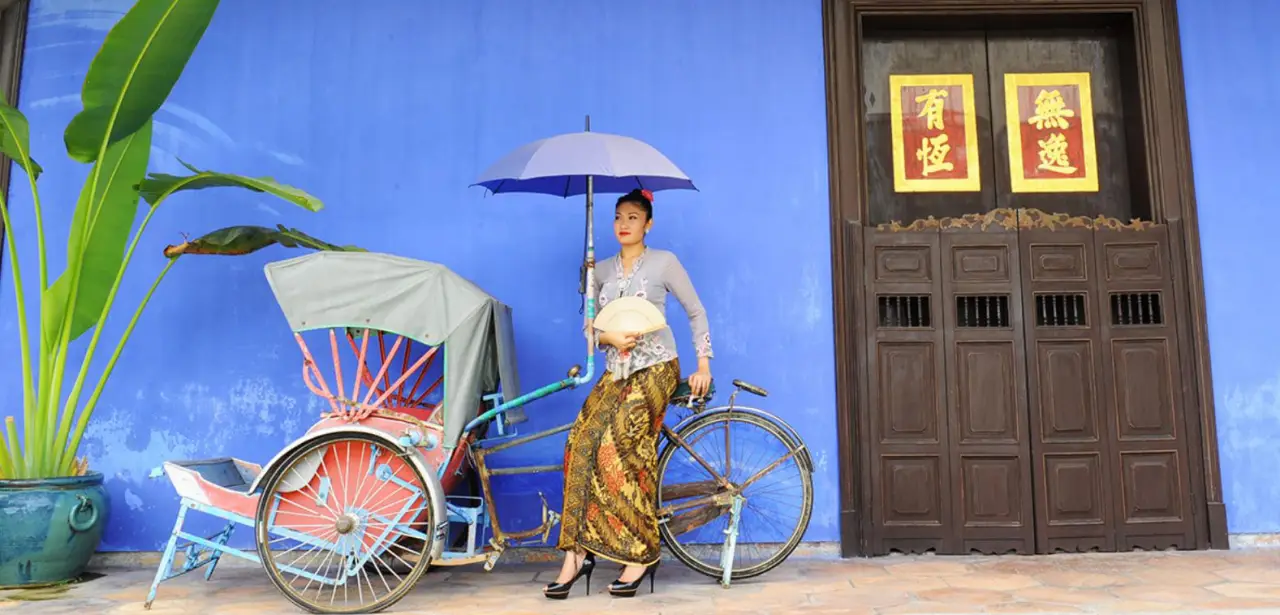
It has set the standard for Penang’s unique heritage hotel landscape and it is the only one to have won the prestigious UNESCO Conservation & Heritage Award.
Another fine example is Macalister Mansion. Set amidst a lovingly-restored colonial mansion that was built in the early 1900s, this upmarket luxury boutique hotel offers a quirky but contemporary sophistication for its guests.
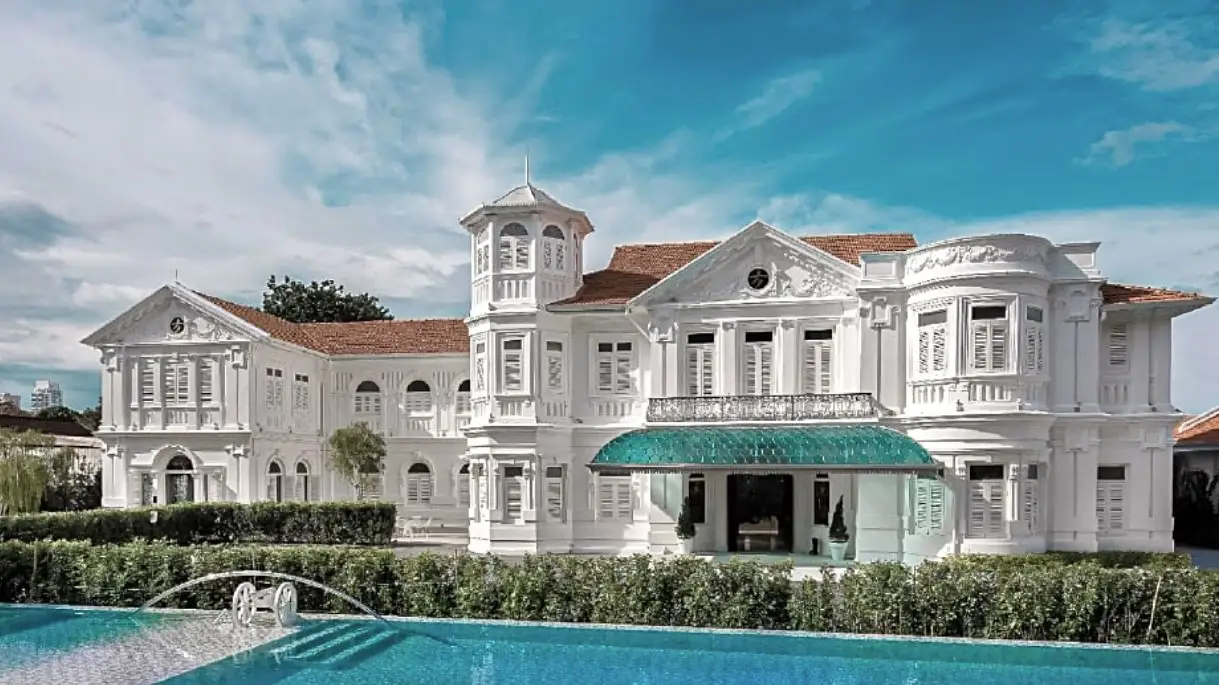
Do book in advance as these heritage boutique hotels offer two to eight rooms on average and they do sell-out quickly. There are many to choose from with different price ranges so you are spoilt for choice.
Amazing Street Art
Georgetown is a gallery for street art which comes in different sizes, art form or styles and subject matter that reflects local life and culture. What makes it unique is that the pre-war heritage houses offer a canvas for all these art including at street corners, alley ways and the backs of the buildings.

Here is a guide on the most popular street murals so be prepared to wait in line to take a photo during peak hours such as in the afternoons especially for the one of the children on a bicycle. So try to go early in the morning when it is cooler and not so crowded. Wait patiently for your turn to pose with wall murals and move along to make room for other visitors.
Experience Peranakan culture
The Peranakan culture is unique to Penang, Melaka and Singapore, as well as southern Thailand and Indonesia. It is a blend of Chinese and Malay traditions, creating a one-of-a-kind cultural tapestry. The distinctiveness of Peranakan culture lies in its ability to merge two rich traditions, resulting in a vibrant and captivating way of life that has left behind a legacy of antiques, culture and also its famous cuisine.
This mint green mansion that is the Peranakan Museum on Church Street is one of the best-preserved examples of affluent Peranakan living in Penang. You can go for a guided tour around this huge mansion. With over 1,000 pieces of antiques on display, the museum is a must-visit. Guided tours are available daily.
Explore the clan jetties
A clan jetty is a traditional 19th century Chinese waterfront settlement comprising wooden houses built stilts. The most famous jetty is the Chew Jetty which is inhabited by members of the Chew clan. It’s the largest of six surviving clan jetties in Penang today.
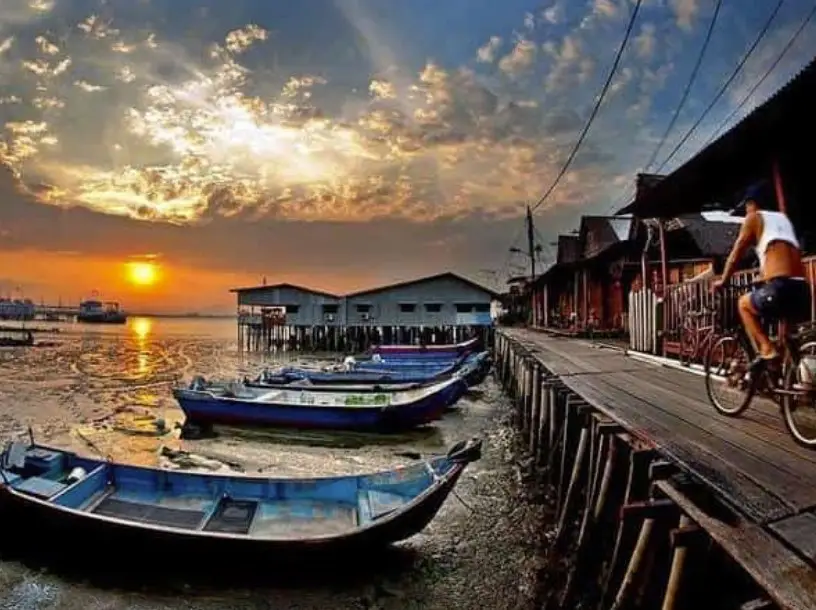
If you visit, please keep a respectable distance from the people who are still living in the jetty – we must maintain their privacy and not let the place be over-run by gawking tourists.
Visit the temples
The most famous temple in Penang is Kek Lok Si, which is one of the biggest and most important Buddhist temples in Southeast Asia. The main feature of the complex is the seven-story Ten Thousand Buddhas Pagoda and the 36.5-metre-tall bronze statue of the Goddess of Mercy.
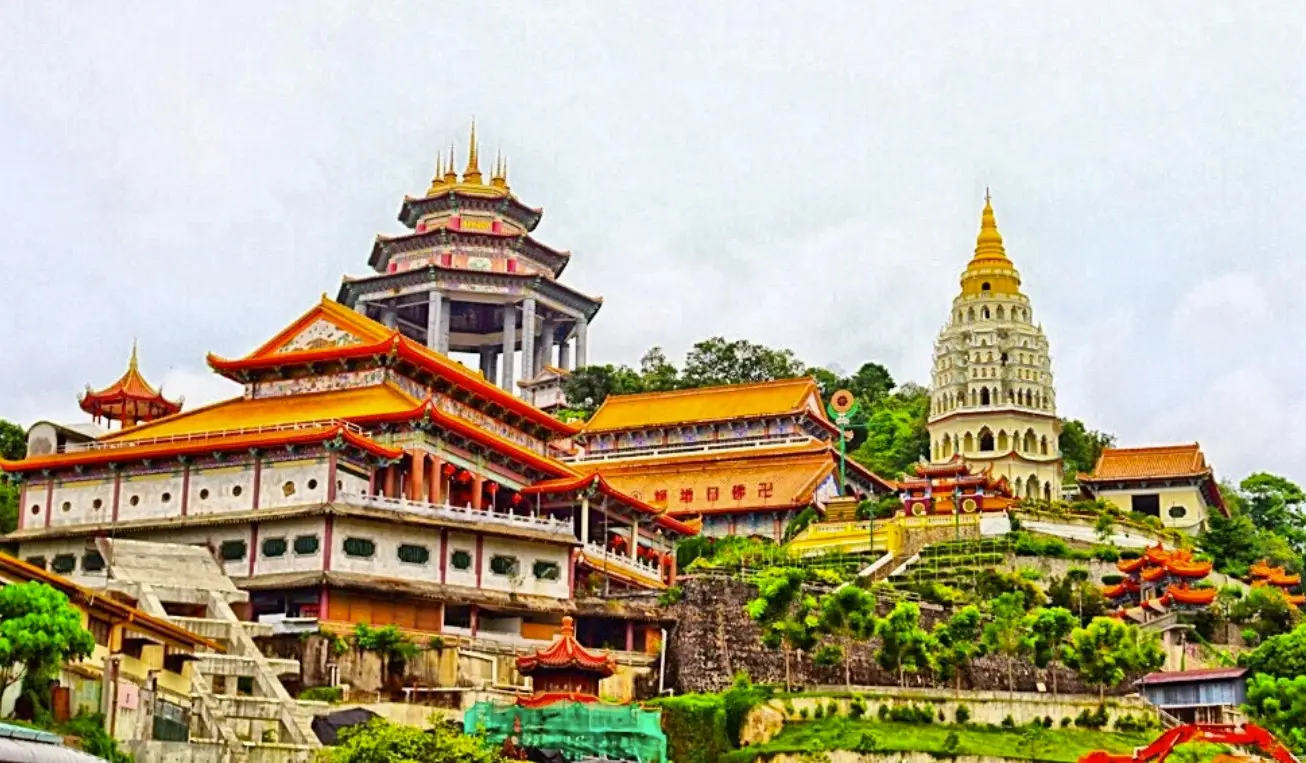
Most visitors approach the temple as they ascend a stairway, roofs of which provide shelter to a multitude of shops selling souvenirs and other commodities. There are two tiers of double-lane inclined elevators to carry pilgrims and visitors further uphill.
The other famous temple is the Sleeping Buddha Temple. In this iconic Buddhist temple is a 180-foot beautifully gold-plated reclining Buddha statue that remains the largest reclining Buddha statue in the world. And right across the road from this temple is Penang’s oldest Buddhist temple, the Burmese Buddhist Temple which is a delightful feast of sights with its colourful murals, stunning statues, and peaceful landscaped gardens.
Please do not speak loudly and do dress modestly when visiting the temples. You have to remove your shoes when visiting certain parts of the temples, in respect of the sanctity within.
Penang Botanic Gardens
The Penang Botanic Gardens is Penang’s unique natural heritage and a tropical forest, being the only garden of its kind in Malaysia. It is a popular spot for recreational activities such as jogging, walking, jungle trekking and aerobics. You may see long-tailed macaques and dusty leaf monkeys as well as other smaller inhabitants of its lush jungles within.
Remember not to approach the monkeys, feed them or make eye contact. They may walk alongside you, but remember that they are wild animals and you are a guest in their home. Beware of your belongings as the monkeys may snatch your food!
To the beach
It is recommended that you spend a few days in Georgetown and if you love the beach, head up the north of the island to stay in a beach hotel which caters to every budget from basic home stays to the luxury five-star hotels.
The area is called Batu Feringghi which offers white sandy beaches, countless dining options ranging from the street food to fine dining and spas plus a vibrant nightlife and a variety of sea sports activities.
This is the second part in the series on Penang. Part one covered the highlights at Penang Hill.

